
When you indulge in any kind of vigorous physical activity like weight lifting, swimming, or any type of sports, there is a chance that you may suffer a muscular injury. Have you heard of the Rotator cuff? Did you know one of the most common shoulder injuries includes the rotator cuff tears? The main symptom of a rotator cuff tear includes pain through upper arms or shoulders. Don’t panic! To get therapeutic relief from rotator cuff tear, you can try some strength training or rotator cuff injury exercises. Read on to know more!
What Is A Rotator Cuff?
The Rotator cuff is a term used for describing the four core muscles that control the movement of your shoulder. These muscles include supraspinatus, infraspinatus, teres minor, and subscapularis. The shoulder is an active mobile joint and can get dislocated more easily as compared to other joints in the body. For stabilizing the joint, the rotator cuffs can pull the shoulder blade and arm bone to keep them in place. When the rotator cuff is not functioning well, the arm bone can get dislocated, and thereby immobilize your shoulders. But, just like other muscle groups, you can strengthen the rotator cuff muscles and boost its flexibility and function with the help of rotator cuff injury treatment exercises.
Composition of the Rotator Cuff
Mentioned below is a breakdown of the complex muscle group:
- Supraspinatus– It ends at the top of the arm bone and is susceptible to pain.
- Infraspinatus– It is located below the spine and is responsible for external rotation and securing the shoulder joints.
- Teres minor– It is located next to infraspinatus and it helps to externally rotate your shoulders.
- Subscapularis– It is the lone rotator cuff muscle that aids the internal rotation of the shoulders.
What Is a Rotator Cuff Injury?
There are a few rotator cuff injury exercises to avoid as it can lead to impingement syndrome and tears. An impingement syndrome can take place when the rotator cuff muscles are swollen and cause cramps between the arm and the shoulder bones. This can lead to a pinching sensation too. Repeated motions can worsen rotator cuff muscles and thus become a cause of serious injury.
This is the reason why athletes suffer from shoulder problems. Look out for swelling symptoms such as overuse injuries and bone spurs. Rotator cuff tears are a less common injury. Rotator cuff tears can also worsen with age. However, do not worry most of these rotator cuff tears do not require surgery.
Causes of Rotator Cuff Injury:
Some of the factors that may cause injuries related to the rotator cuff are listed below:
- Injuries related to the rotator cuff can be attributed to poor posture, especially while exercising. To help with this problem, try maintaining a proper scapular position while performing all exercises.
- Another reason can be due to high mechanical abrasion. To prevent this, limit performing strength training exercises that strain the rotator cuff.
Post-Rotator Cuff Injury Care:
In case, you injure your Rotator cuff you need to keep the following things in mind:
- Minimize the movement of the injured arm and know that rotator cuff injury exercises should be avoided to minimize the damage.
- Try and apply ice compression to ease your stiffness and pain.
- Keep the injured arm in an elevated position by propping it against a few pillows this will help reduce the pain and swelling.
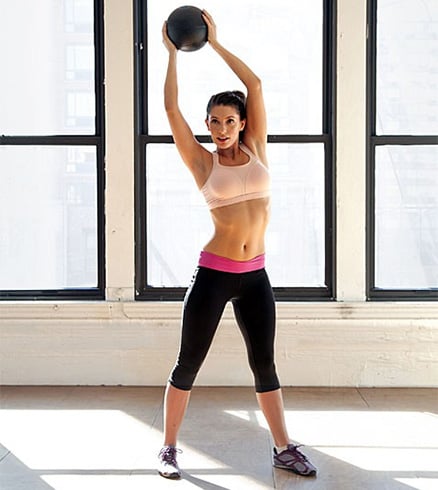
Remember, only once the swelling and pain subside, you can try physical therapy exercises for rotator cuff injury to help you heal faster. These exercises can include doorway stretch, side-lying external rotation, high-to-low rows, reverse fly, and lawnmower pull. If you get comfortable adding weight to these exercises, then try using a resistance band or a lightweight dumbbell. You can also make use of a soup can instead of a light dumbbell.
Top 7 Rotator Cuff Injury Exercises:
You can perform these stretching routines or rotator cuff exercises to increase the pace of your recovery after an injury.
1. Doorway Stretch
- Warm up your body. Stand in front of a doorway. Spread out your arms onto the side.
- Hold the sides of the doorway keeping both the hands below shoulder height.
- Lean forward for feeling a light stretch.
- Maintain a straight back as you lean and shift your weight onto your toes.
- You will feel a stretch on the front side of your shoulders. Remember not to overstretch.
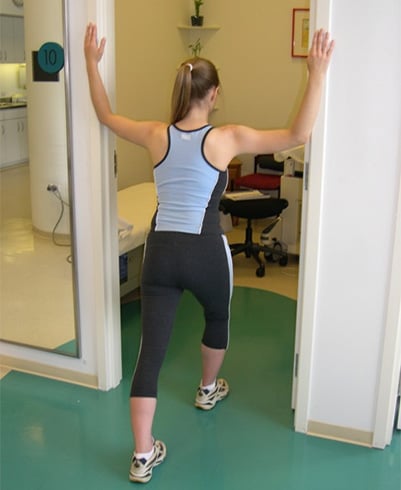
2. Side-Lying External Rotation:
- Lie down on the side opposite to your injured arm.
- Turn the elbow of the injured arm to 90 degrees and rest the elbow on the side. You can rest your forearm across your abdomen.
- Hold a light dumbbell in the injured hand while placing your elbow across your side.
- Then slowly raise the dumbbell towards the ceiling.
- You can stop moving your arms if you experience any kind of discomfort.
- If you are comfortable, hold the dumbbell for a few seconds before returning to starting position and placing your arm down.
- Repeat this exercise ten times to complete a set. You can perform three sets up to three times daily.
- Gradually increase reps to 20.
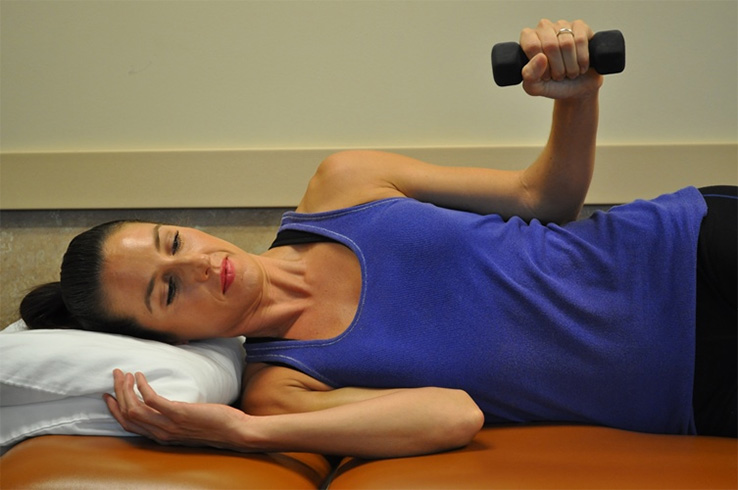
3. High-To-Low Rows
- Attach a resistance band to something strong or above shoulder height. Make sure it is secure before pulling it.
- Get down on one knee so that the knee opposite your injured arm is raised. Your upper body and lower body should be in perfect alignment.
- Rest your other hand on your raised knee.
- Hold the band securely with outstretched arms. Pull your elbow towards your body.
- Maintain a straight posture and squeeze your shoulder blades together.
- Do not move or twist your arm.
- Return to the starting position.
- Repeat 3 sets of 10.
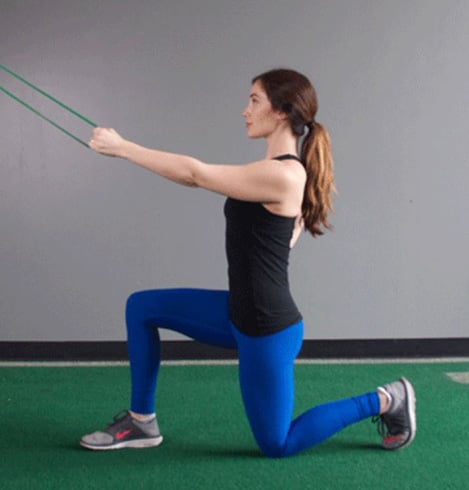
4. Reverse Fly
- Stand with your feet shoulder-width apart.
- Slightly bend your knees.
- Keep your back straight and bend forward slightly at the waist.
- Hold a lightweight dumbbell in each hand and extend your arms. Raise them away from your body.
- Do not lock your elbows but stretch your shoulder blades.
- Do not raise your arms above shoulder height.
- Return to starting position.
- Repeat 3 sets of 10.
[sc:mediad]
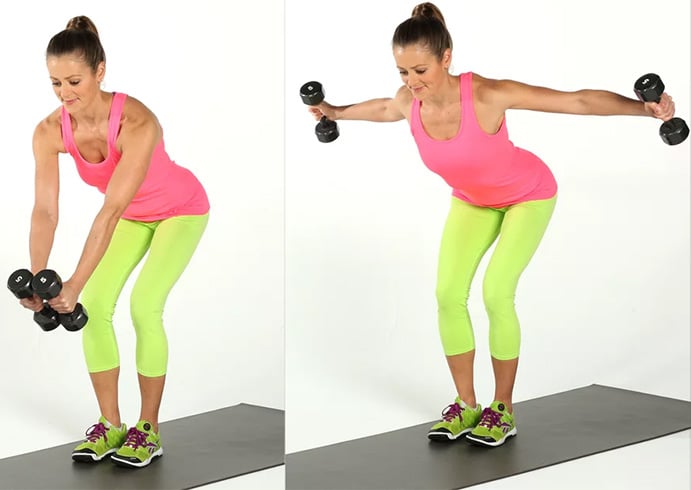
5. Lawn Mower Pull
- Stand with your feet shoulder-width apart.
- Place one end of the resistance band under the foot opposite to your injured arm.
- Hold the other end with the injured arm.
- Place your other hand on your hip without locking your knees.
- Bend slightly at the waist while making sure the band is parallel to the opposite knee.
- Return to the upright position.
- Relax your shoulders.
- Squeeze your shoulder blades together as you stand.
- Repeat 3 sets of 10.
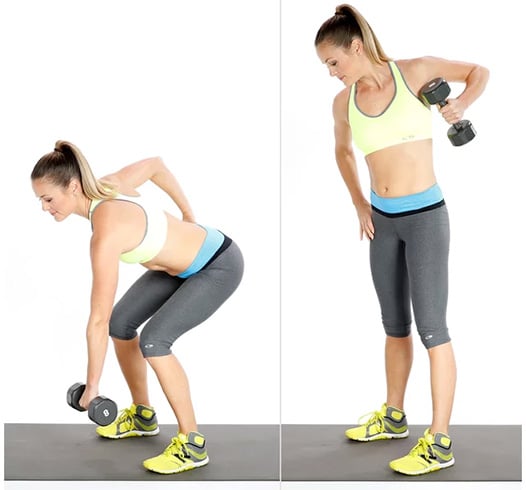
6. Bosu Planks
- Bosu planks act as an advanced shoulder stabilizer.
- Place a Bosu ball platform side up on the floor.
- Lie face down keeping back, legs, and heels straight up.
- Straighten out your arms.
- Tilt the Bosu ball left and right, then forward and backward.
- Maintain your abdominal contractions while tilting the Bosu ball.
- Do not tilt for more than 20-25 seconds in one direction.
- Do not perform Bosu planks more than five times.
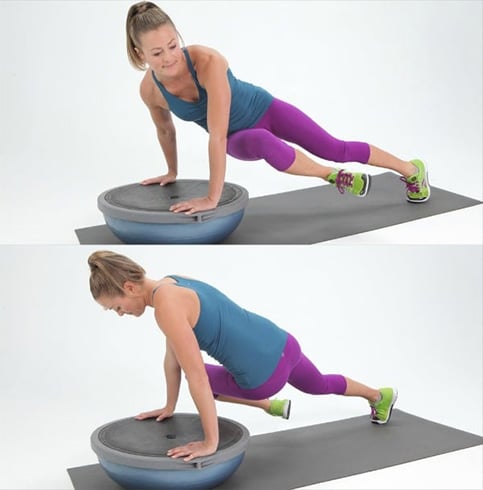
Do let us know if you found this article on rotator cuff injury exercises informative. Please share your views in the comments section below.
Images Source: pinterest
